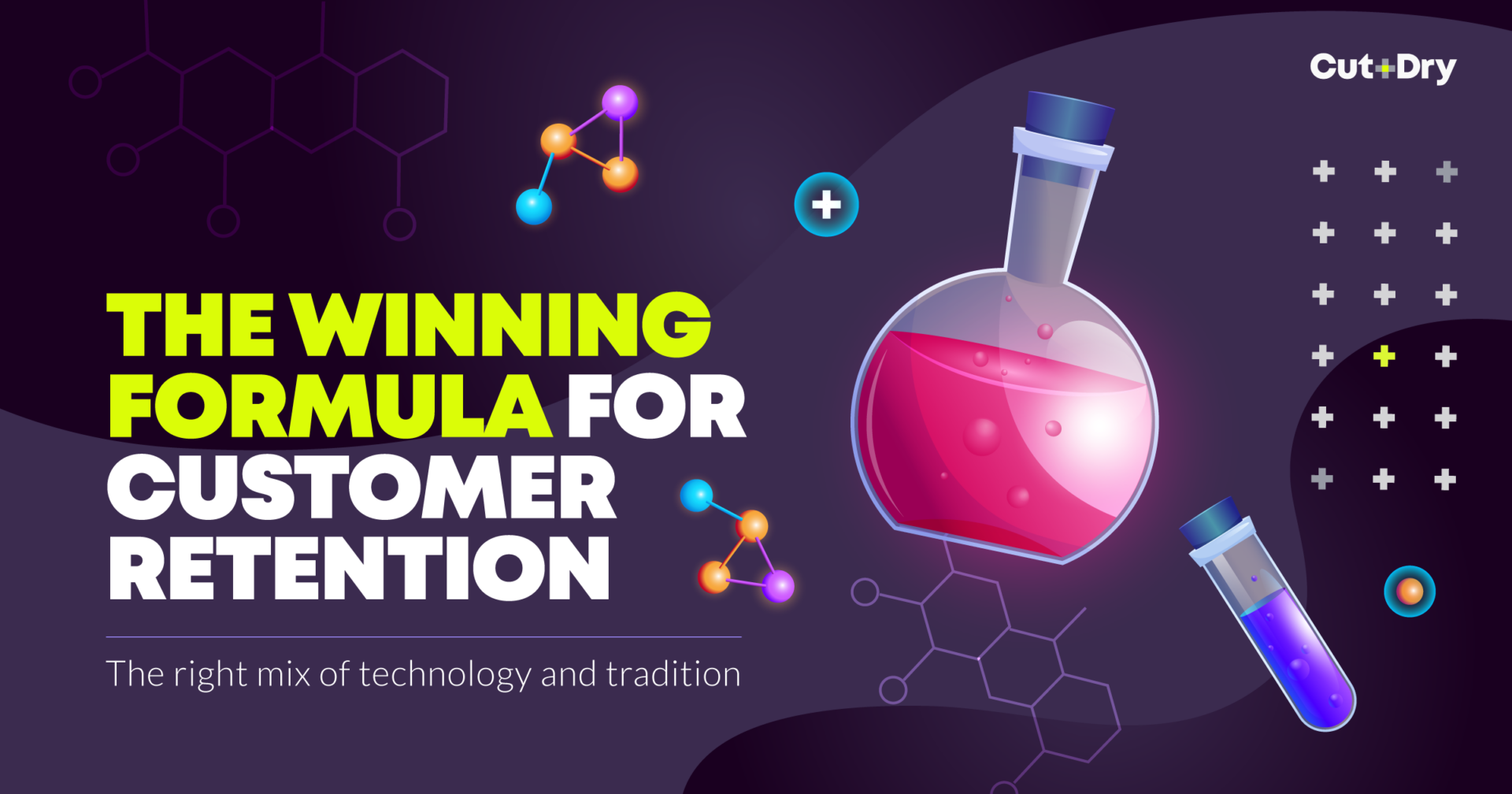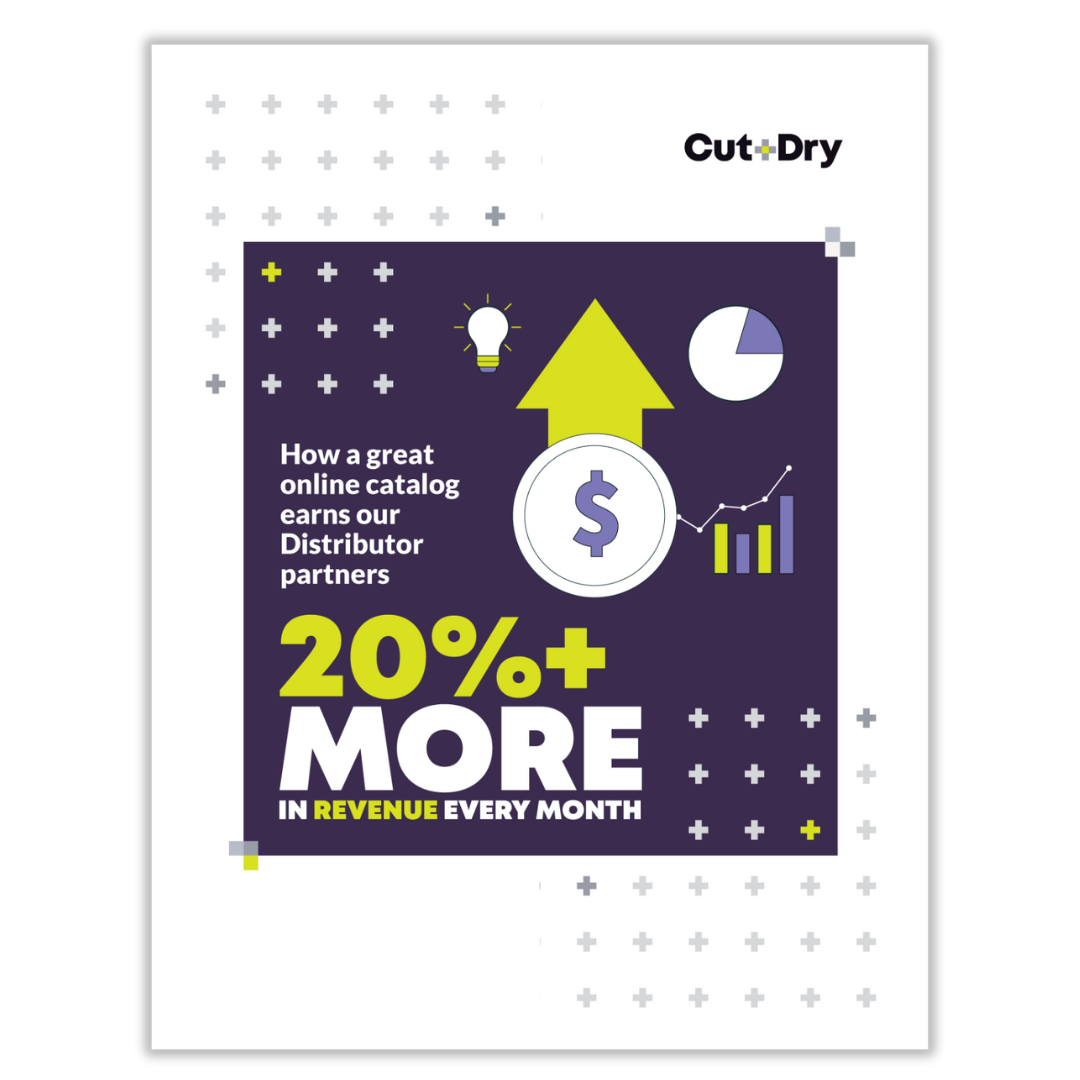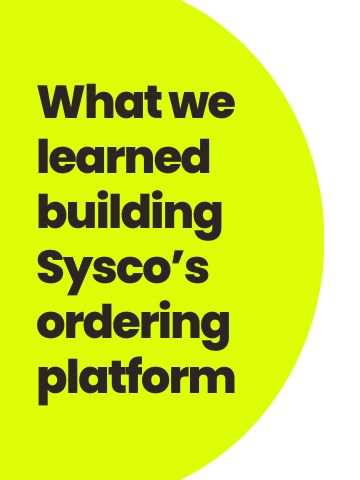
Customer retention is a business’s ability to keep existing customers and continue to generate revenue from them. It involves convincing customers who have already made a purchase to remain loyal and make repeat purchases.
Unlike lead generation, which focuses on capturing contact information of potential buyers, customer retention centers on nurturing relationships with existing customers. It is a critical pillar of a successful business. It turns out that a repeat customer spends 67% more than a new customer and, for most businesses, about 80% of their revenue comes from just 20% of loyal customers.
In some industries, like financial services, studies have found that a 5% increase in customer retention leads to an more than 25% increase in profits because return customers buy more from a business over time. But why does customer retention matter?

- Cost efficiency: Acquiring new customers is often more expensive than retaining existing ones. Depending on the industry you are in, customer acquisition costs approximately 5-7 times retaining an existing one.
- Stability and predictability: Loyal customers provide a steady stream of revenue, allowing businesses to forecast and plan effectively. Their consistent purchases create a stable foundation for growth. Studies also find that loyal customers will often pay a premium to continue to do business with the business they are loyal to than changing over to a competitor with whom they are unfamiliar with.
- Word-of-mouth marketing (WOM): WOM is an often underrated marketing strategy, but is nonetheless very powerful and effective. Satisfied customers become brand ambassadors, sharing positive experiences with others which encourage new customers to try out the products and services offered by the company.
- Increased Lifetime Value (LTV): Retained customers are likely to make repeat purchases over time, maximizing their lifetime value. This extends the revenue generated from each customer.
- Trust and loyalty: Consistent service builds trust. Loyal customers are forgiving of occasional missteps and remain committed during challenging times, which is extremely important in the Foodservice industry which faces several unpredictable challenges.
Customer retention is an extremely important facet of long-term success, especially in the Foodservice industry. Distributors must therefore embrace modern approaches to secure customer retention while navigating the unpredictable challenges that are constantly affecting the industry. In this comprehensive guide, we dive into actionable strategies Foodservice distributors can adopt to not only retain their existing clientele but also nurture lasting relationships.
The role of technology in customer retention
Technology plays a crucial role in customer retention for Foodservice distributors by streamlining the interactions between in-house teams and customers. With improved accuracy, information and efficiency, there is an increase in customer satisfaction, and thus customer loyalty. Companies that deliver an enhanced customer experience generally see their revenues increasing 84% of the time. There are several technologies that can be used to help distributors retain their customers, the following are a few examples:
- Customer Relationship Management (CRM) Systems are software tools or platforms designed to help businesses manage interactions and relationships with their customers and potential customers. CRM systems typically provide a centralized database that stores information about customers, including contact details, purchase history, preferences, communication history, and other relevant data. With CRM systems, distributors can track interactions, preferences, and purchasing behavior of their customers allowing distributors to tailor their promotions and communication strategy.
- Ordering platforms are digital tools or systems that enable customers to place orders for products or services online. These platforms are typically accessible via a website or mobile application and allow users to browse available products, select items, specify quantities, and complete the ordering process electronically. These are extremely user-friendly and offer a variety of appealing functionalities and features such as personalized product recommendations, order history tracking, and automated ordering reminders which enhance the overall customer experience.
- Inventory management systems are softwares that help businesses track and manage their inventory levels, orders, and stock movements. It typically includes features such as inventory tracking, stock level monitoring, order management, and reporting capabilities. By centralizing inventory data and automating manual tasks, inventory management systems enable businesses to optimize their inventory levels, reduce stockouts and overstock situations, improve order fulfillment efficiency, and ultimately enhance overall operational efficiency and customer satisfaction.
- Delivery Tracking and Optimization software is a digital tool that enables businesses to monitor the real-time status of deliveries and optimize delivery routes for efficiency. It helps businesses track the location of delivery vehicles, estimate delivery times, and make adjustments to routes based on factors such as traffic conditions and delivery priorities. This software improves delivery accuracy, reduces delivery times, and enhances overall customer satisfaction.
However, technology is not the only way to increase customer satisfaction and retention. There are several non-technology related and more traditional strategies that can help.
- Customer-retention incentives: Rewarding sales teams for acquiring new customers and for retaining existing customers can make your employees champion your products and services even more. By increasing employee engagement and satisfaction, you can indirectly increase customer satisfaction and retention too.
- Exceptional customer service: Providing outstanding customer service through friendly, knowledgeable, and responsive staff can significantly enhance customer satisfaction and loyalty.
- Product quality assurance: Ensuring consistent quality in products delivered to customers is essential for building trust and loyalty. Conducting regular quality checks and addressing any issues promptly can help maintain high standards.
- Tailored pricing and discounts: Offering customized pricing and discounts based on the volume of orders, customer loyalty, or specific needs can incentivize repeat business and foster long-term relationships.
- Flexible payment terms: Providing flexible payment terms, such as extended credit periods or installment plans, can make it easier for customers to do business with the distributor and encourage repeat purchases.
- Value-added services: Providing additional services beyond product delivery, such as menu planning assistance, marketing support, or inventory management advice, can differentiate the distributor and increase customer loyalty.
- Consistent communication: Maintaining regular communication with customers through newsletters, updates, or special offers keeps the distributor top-of-mind and reinforces the relationship.
Conclusion
While technology undoubtedly plays a pivotal role in enhancing customer retention for foodservice distributors, it's important not to overlook the power of non-technology-related strategies as well. Exceptional customer service, product quality assurance, relationship building, and value-added services are all fundamental to fostering long-term customer loyalty.
By combining both technology-driven solutions and traditional customer-centric approaches, foodservice distributors can create a comprehensive retention strategy that addresses the diverse needs and preferences of their customers. By focusing on building strong relationships, providing value beyond products, and consistently exceeding expectations, distributors can cultivate a loyal customer base that serves as the foundation for sustainable growth and success.
As Foodservice distributors navigate these challenging times it's essential to continually refine and adapt their retention strategies. You must stay abreast of customer feedback, innovate and be committed to delivering a highly satisfying customer experience. We urge distributors to be proactive with both technology and traditional strategies to retain customers and save costs.










